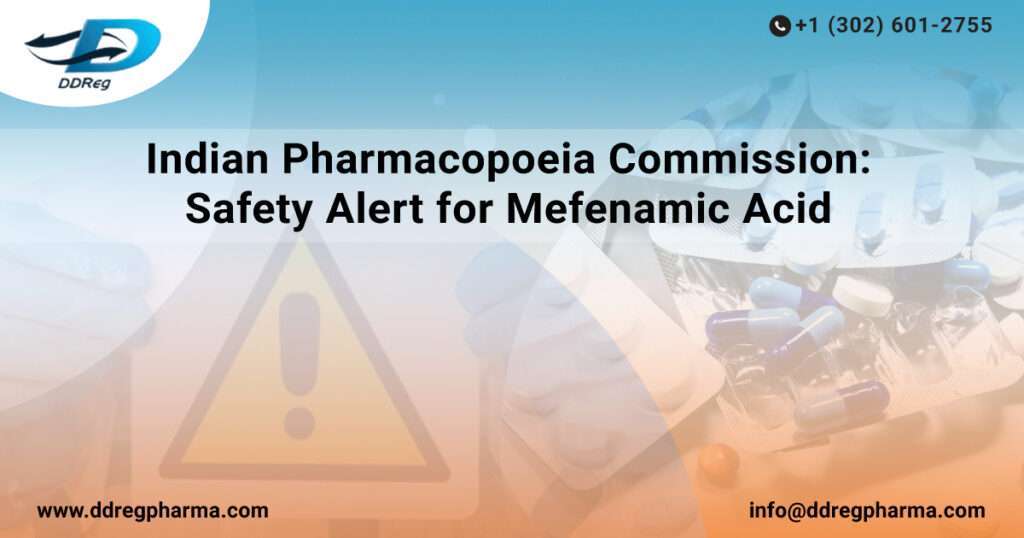Pharmacovigilance in India has come a long way over the last few years especially for proactively detecting safety signals for pharmaceutical products. It is an indispensable component of the pharmaceutical industry in India, ensuring the safety and efficacy of drugs in the market. This comprehensive field includes various sub-categories, each contributing to the overall goal of identifying, analysing, and preventing adverse effects associated with pharmaceutical products. The mission of the Indian Pharmacopoeia Commission (IPC) is to ensure the safety of drugs through pharmacovigilance in India. As an organisation operating under the Ministry of Health and Family Welfare, the IPC contributes to enhance the quality of medicines.
The IPC collaborates with stakeholders such as regulatory authorities, industry representatives and academic institutions. The standards set by IPC are legally binding contributing to drug quality control and assurance. The IPC’s focus on impurity testing, provision of reference substances, and the distinction between pharmacopoeial and manufacturer’s specifications further contribute to comprehensive drug quality control and assurance, thereby promoting public health in India. Recently, the IPC highlighted a safety alert regarding Mefenamic Acid used for treating dysmenorrhea & mild to moderate pain, emphasizing the need for consumers and healthcare professionals to be vigilant with respect to adverse drug reactions (ADRs) associated with Mefenamic Acid.
Mefenamic Acid: treating pain and dysmenorrhea
Mefenamic Acid is prescribed in countries such as the USA, UK, Japan, etc. In India, it’s indication is for the treatment of rheumatoid arthritis, osteoarthritis, dysmenorrhoea, mild to moderate pain, inflammation, fever, and dental pain. It’s mechanism of action is not entirely understood, like other NSAIDs, but involves COX-1 and COX-2 inhibition. According to the US FDA product label, mefenamic acid has been associated with Drug Reaction with Eosinophilia and Systemic Symptoms (DRESS). Indeed, the IPC has highlighted DRESS as an ADR associated with the use of mefenamic acid. This alert is a precautionary measure and advised the need for monitoring for DRESS syndrome.
What is DRESS?
Drug Reaction with Eosinophilia and Systemic Symptoms (DRESS) syndrome is an adverse drug reaction marked by a widespread skin rash, along with involvement of internal organs, lymph nodes, increased eosinophils, and atypical lymphocytes. The clinical presentation varies, and the condition often persists despite stopping the causative drug. The disease course is prolonged and characterized by intermittent flares.
Conclusion
Pharmacovigilance, exemplified by IPC’s role and recent developments with mefenamic acid, showcases the pharmaceutical industry’s commitment to public health and safety. As the industry evolves, continuous literature monitoring, analysis, and collaboration among stakeholders will remain essential to ensure the efficacy and safety of pharmaceutical products. The interplay between regulatory bodies, manufacturers, and pharmacovigilance programs is crucial for maintaining trust in the pharmaceutical landscape and safeguarding the well-being of patients worldwide.
Monitoring safety signals and reporting adverse drug reactions/events forms the foundation of pharmacovigilance and ensuring patient safety. DDReg’s pharmacovigilance services ensure that safety signals are identified and managed in a timely manner. DDReg PV ensures that ADRs are captured and extracted from various sources to ensure compliance and effective PV and drug safety management. Read more from the experts on Pharmacovigilance: Kenya’s Systematic Approach to Pharmacovigilance.

